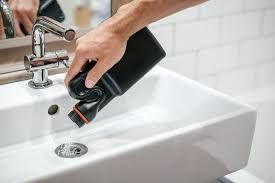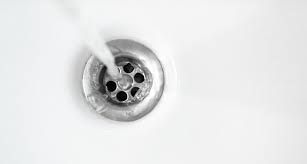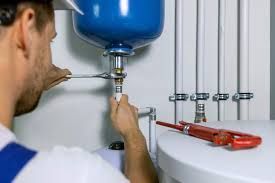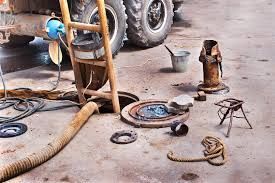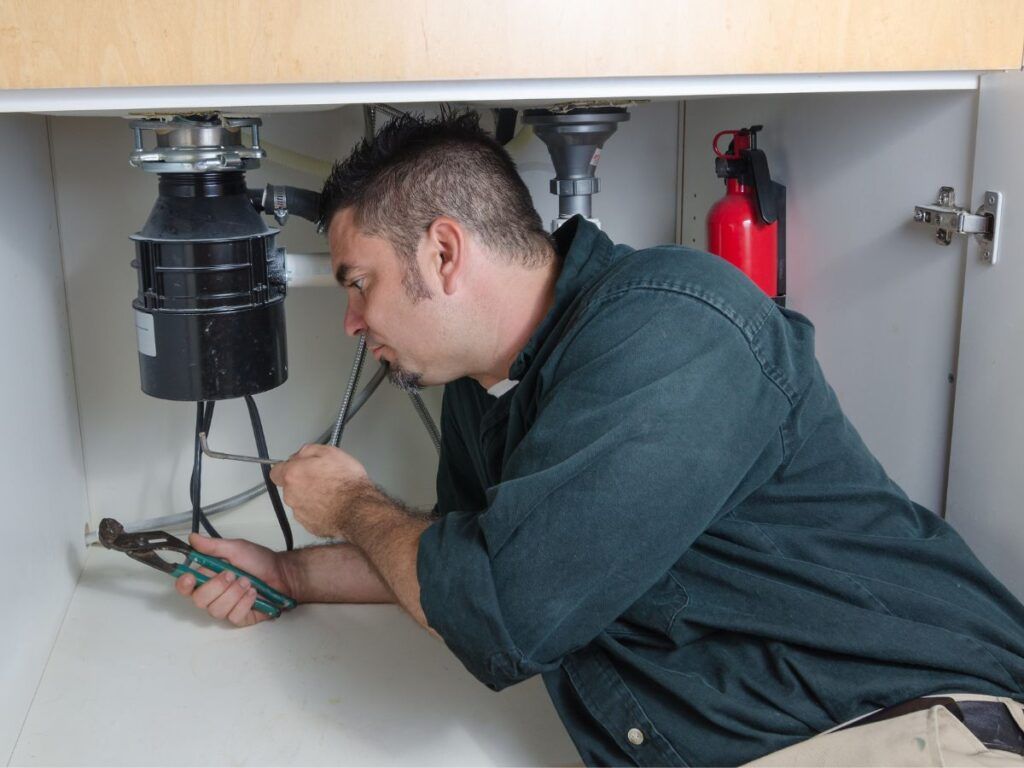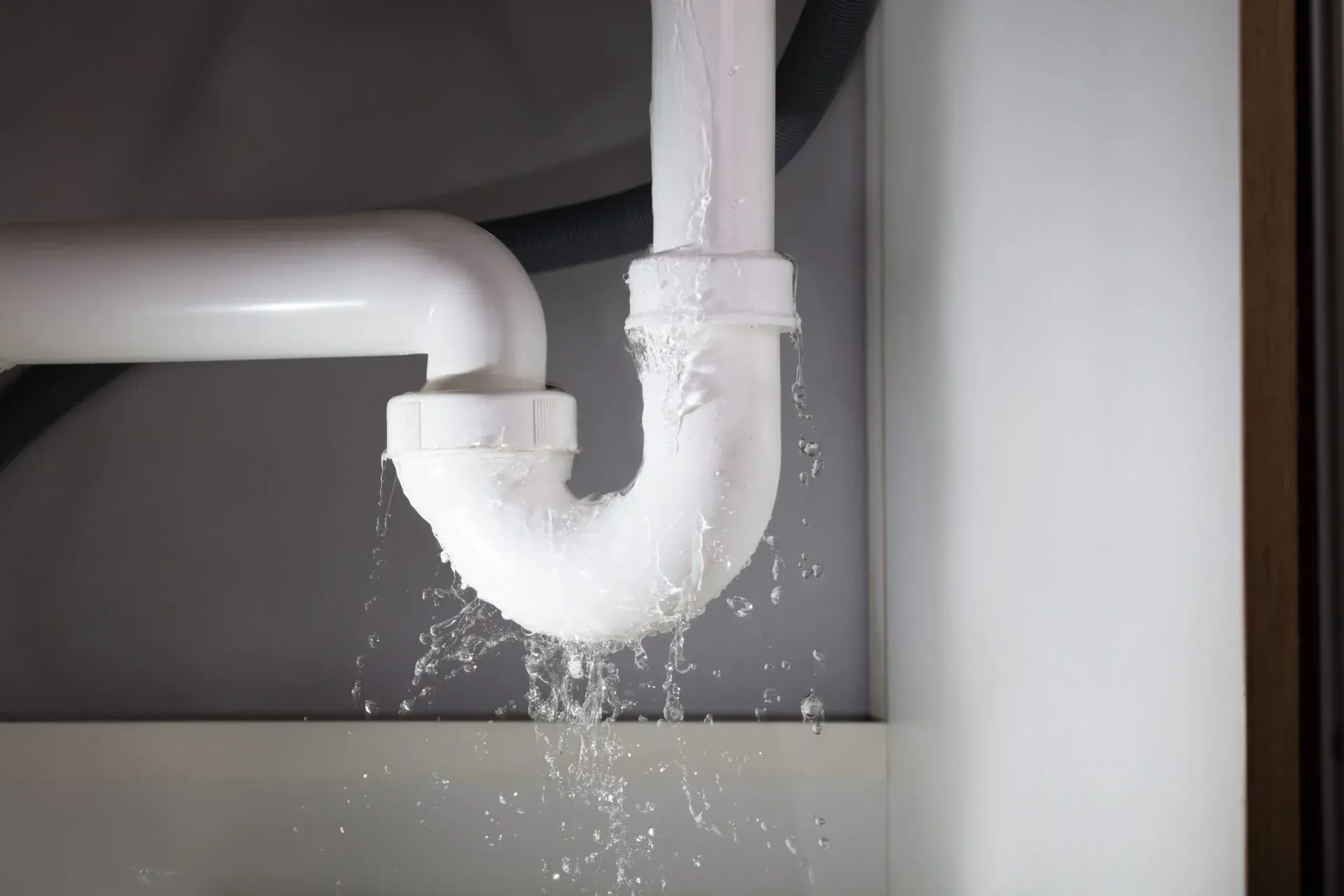How to Maintain Your Home's Expansion Tank
An expansion tank plays a vital role in maintaining your home’s plumbing system by absorbing excess pressure created by water heating and expansion. Without it, pressure buildup can damage your pipes, water heater, and fixtures, leading to costly repairs. To ensure your expansion tank functions optimally, regular maintenance is crucial. This in-depth guide will walk you through everything you need to know to maintain your expansion tank effectively, ensuring it stays in good working condition for years to come.
1. Understanding the Function of an Expansion Tank
Before diving into the maintenance process, it's important to understand what an expansion tank does. When water heats up in your water heater, it expands. Since water is non-compressible, the extra pressure created by this expansion has to go somewhere. The expansion tank provides a space where this excess pressure can be absorbed, preventing damage to your water heater and plumbing system.
Expansion tanks consist of two chambers: one filled with water and the other with pressurized air, separated by a rubber diaphragm. The pressurized air absorbs the expanded water, allowing it to return to the system as the temperature cools. Regular maintenance ensures this diaphragm and the pressurization remain functional.
2. Signs That Your Expansion Tank Needs Maintenance
Recognizing when your expansion tank requires maintenance is essential for preventing plumbing issues. Some key signs to look for include:
Inconsistent Water Pressure: If your water pressure fluctuates, this may indicate that your expansion tank isn’t absorbing pressure properly.
Water Heater Leaks: Pressure buildup in your water heater could cause leaks if the expansion tank is not working.
Strange Noises: Gurgling or banging noises near your water heater may suggest pressure issues.
Water Temperature Variations: Sudden changes in water temperature may be due to an improperly functioning expansion tank.
If you notice any of these signs, it's time to check your expansion tank.
3. Step-by-Step Maintenance Guide
Maintaining your expansion tank involves regular inspections and some basic testing. Here’s how to do it:
Step 1: Visual Inspection
Start by inspecting the tank visually. Check for any visible signs of rust, corrosion, or leakage around the tank. If you see any rust or water marks on the exterior, it may indicate a failing tank that needs to be replaced.
Step 2: Check the Pressure
To ensure your expansion tank is working properly, you’ll need to check the air pressure inside the tank. Here's how to do it:
Turn off the water heater: Shut off the power supply and water to your water heater to avoid accidents.
Relieve pressure in the system: Open a hot water faucet to release any built-up pressure in the system.
Locate the Schrader valve: On the top of the expansion tank, you'll find a Schrader valve, similar to a car tire valve. This is where you check the pressure.
Use a tire pressure gauge: Attach the gauge to the valve and take a reading. The pressure in the expansion tank should be equal to your home's water pressure, usually between 40 to 60 psi (pounds per square inch). If the pressure is too low, use an air compressor or a bicycle pump to add air.
Adjust as necessary: If the pressure is too high, you can release air using the same Schrader valve.
Step 3: Test the Diaphragm
To test whether the diaphragm inside the expansion tank is functioning properly, you can:
Tap the tank: Gently tap the tank with a metal object. The upper part (air side) should sound hollow, while the lower part (water side) should sound solid. If the entire tank sounds solid, it may mean the diaphragm has ruptured, and the tank will need to be replaced.
Check for water at the valve: Press the Schrader valve slightly. If water comes out, it means the diaphragm has failed, and the entire tank must be replaced.
Step 4: Regularly Drain the Water Heater
Draining your water heater regularly will not only extend its lifespan but also help your expansion tank function efficiently. Sediment build-up in the heater can reduce the space for water expansion, leading to increased pressure. Drain the water heater every six months to prevent sediment accumulation.
4. When to Replace Your Expansion Tank
Expansion tanks typically last between 5-10 years, depending on usage and water quality. If you’re consistently experiencing water pressure issues or find that your expansion tank is frequently losing pressure, it may be time to replace it.
If the diaphragm has ruptured or if you notice excessive corrosion or leaks, a new expansion tank is necessary. Always consult a professional plumber if you’re unsure of the condition of your expansion tank.
5. Preventative Measures
To prolong the life of your expansion tank, consider the following preventative measures:
Monitor water pressure: Keep an eye on your home’s water pressure using a pressure gauge. High water pressure can put extra strain on your plumbing and the expansion tank. Installing a pressure reducing valve (PRV) can help keep your pressure within the recommended range.
Install a water softener: Hard water can lead to mineral build-up inside the expansion tank, reducing its effectiveness. A water softener will reduce the accumulation of minerals and extend the lifespan of your plumbing system.
Schedule annual inspections: Have a licensed plumber inspect your expansion tank and water heater annually to ensure everything is functioning properly.
6. Benefits of Maintaining Your Expansion Tank
By regularly maintaining your expansion tank, you’ll:
Extend the life of your water heater: A properly functioning expansion tank prevents excess pressure that can damage your water heater.
Protect your plumbing system: Pressure-related issues can cause pipe leaks and damage, leading to expensive repairs.
Maintain consistent water pressure: Proper maintenance ensures that your expansion tank can absorb water pressure fluctuations, keeping your water pressure stable.
Avoid costly repairs: By catching issues early through regular maintenance, you can avoid costly repairs or replacements in the future.
Conclusion
Maintaining your home's expansion tank is crucial for preventing pressure-related issues in your plumbing system. With regular inspections, pressure checks, and preventative maintenance, you can extend the lifespan of your expansion tank and avoid costly plumbing repairs. If you're ever unsure about the condition of your tank, it's always best to consult with a professional plumber who can guide you through the process and ensure your system remains in top condition.
